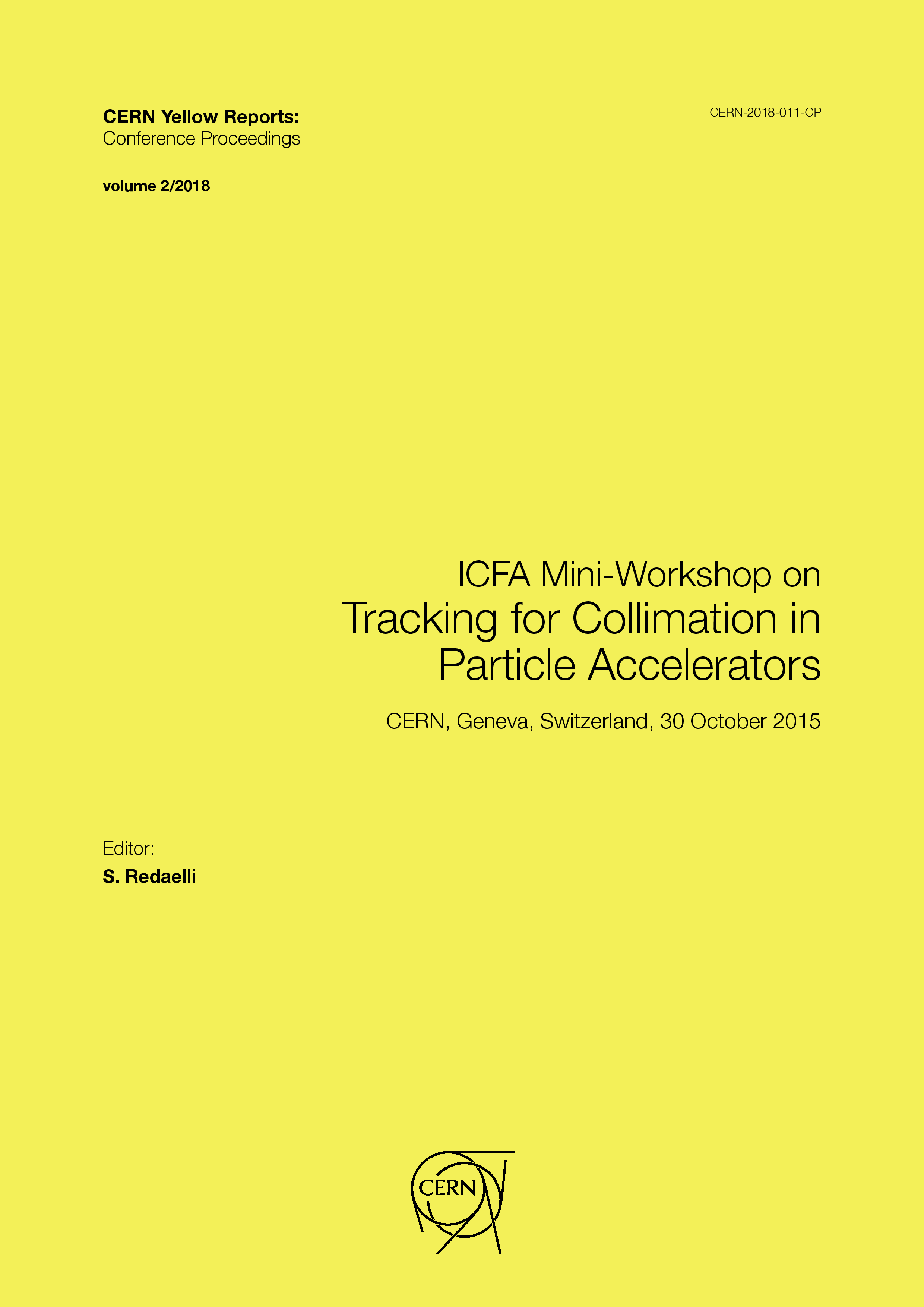Crystal implementation in SixTrack for proton beams
DOI:
https://doi.org/10.23732/CYRCP-2018-002.91Abstract
Crystal channeling is a property of crystals resulting from the extreme order in which the atoms are arranged: the crystalline lattice. Positive charged particles can get trapped between crystalline planes, and bending highly pure crystals allows deflecting high energy beams. Thus, they are very interesting for applications as primary collimator. The crystals installed in the Large Hadron Collider (LHC) provide a deflection that is equivalent to a magnetic field of about 300 T ideally acting only on halo particles. The implementation of a crystal routine in the framework of the collimation tools used at CERN for simulations of expected beam loss pattern around the entire machine (SixTrack) is therefore mandatory. The crystal routine presented here is suited for high statistics tracking simulations in large hadron accelerators. An introduction to the crystal physics relevant for our purposes is reported, on which the models implemented in the routine are based. Then, the implementation of these models in SixTrack is described.
Downloads
Published
Issue
Section
License
Copyright (c) 2018 CERN

This work is licensed under a Creative Commons Attribution 4.0 International License.
Authors who publish with this publication agree to the following terms:
- CERN retains copyright and publishes the work licensed under the Creative Commons Attribution License 4.0 that allows others to share the work with an acknowledgement of the work's authorship and initial publication in this series.
- Authors are able to enter into separate, additional contractual arrangements for distribution of the published version of the work (e.g., post it to an institutional repository or publish it in a book), with an acknowledgement of its initial publication in this series.
- Authors are permitted and encouraged to post their work online (e.g., in institutional repositories or on their website) prior to and during the submission process, as it can lead to productive exchanges, as well as earlier and greater citation of published work (See The Effect of Open Access).

